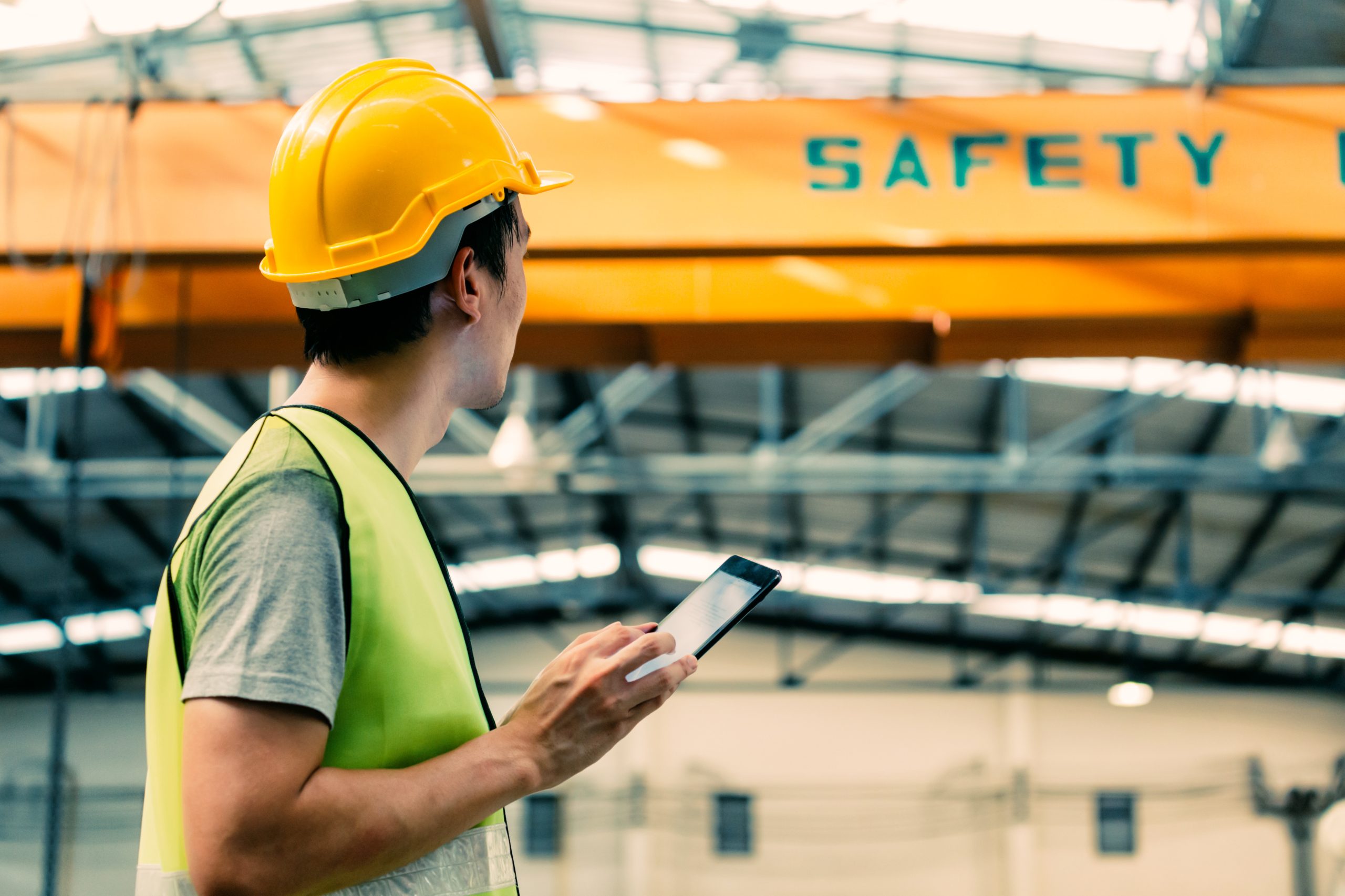
Managing compliance costs is one of the biggest time and cost centers for construction firms. Tracking and understanding an ever-increasing list of regulatory compliance guidelines from OSHA and other governing bodies takes substantial time and resources.
And for many firms, it’s mostly a manual process. Paper-based documentation and logs take time to create, and often contain errors, which can force firms to do additional work to satisfy the requirements of audits and investigations.
So how can your construction firm reduce compliance costs and save resources? How do you mitigate the high cost of compliance? Construction cameras are part of the answer.
The Value of Visual Evidence
Accurate Documentation
Most firms pay an employee to manually document adherence to regulatory requirements. But the reality is that those paper-based records will contain errors and omissions, and the time and effort spent desperately searching for that missing information in the midst of a compliance audit could create significant additional overheard. What’s more, those efforts may not be fruitful, and fines could still be levied against your firm.
Account Automation
Construction cameras help to reduce the effort and cost of compliance by eliminating much of the manual logging and note-taking typical of compliance activities. Video footage and photos provide visual proof that workers are following policies and procedures, and that necessary precautions are being consistently implemented on your jobsite.
Accessible Evidence
Advanced camera solutions such as TrueLook automatically upload and store all video evidence in the cloud and provide features such as time-stamping for fast and easy retrieval. Users can quickly search for a photo or video clip by date to help auditors and inspectors find what they need, instead of sifting through hand-written notes in paper files.
Enhanced Productivity
Another thing to consider is that having cameras on the jobsite helps to enforce policies and procedures. Research has shown time and time again that when workers know they’re being watched, they’re more productive and more likely to follow the rules. In this way, cameras minimize the chances of non-compliance, reducing your risk of incurring fines.
So, What’s the ROI?
The average cost of construction site cameras range from $1,000 to $7,000, with lower-resolution, fixed-position cameras on the lower end and high-res and PTZ cameras at the higher end.
Monthly subscription fees can range from $99-600 per month, per camera. Say you have two camera systems on your jobsite and the project lasts for 10 months. You’re looking at between $2,000 and $14,000 for the hardware and between $1,980 and $12,000 for the subscription. A total investment of between $3,980 and $26,000. And keep in mind, once you buy the cameras, you can reuse them on subsequent jobs, then only paying the monthly subscription fee.
But if that price seems like a lot, consider the cost of not having the appropriate documentation and visual evidence when needed. Maximum penalties are ranging between $16,131 and $161,323…per offense.
How Cameras Help Mitigate Compliance Costs
Without visual proof of compliance, it would be more difficult to dispute what an inspector perceived to be a “willful violation,” which could cost up to a whopping $161,323, assuming they only identify one. With cameras on-site, not only is it much less likely workers or subcontractors would willfully violate a regulation in the first place, but you would also have visual evidence to back up your claim.
In addition to the cost of fines, cameras can help reduce man hours needed to document and then subsequently retrieve information, if needed. If you pay an employee $30 per hour, and they spend 10 hours per week on the task, over the course of the project this cost really starts to add up.
Value Beyond Compliance
Clearly, compliance costs can exceed the cost of implementing cameras at your worksite — but there’s more to the story. Cameras help jobs stay on-track and on-budget, providing tremendous cost-savings throughout the project lifecycle and additional lasting value.
In addition to reducing compliance costs and non-compliance risk, construction cameras enhance jobsite security, improve collaboration, and reduce the need for travel. TrueLook’s solutions integrate seamlessly with Procore, Autodesk and other project management software, so you can easily share, store and edit photos and videos with remote stakeholders. This enables you to address issues more rapidly, and helps keep remote stakeholders in the loop for faster decision-making.
As a bonus, you gain access to a trove of visual media your team can repurpose for marketing and promotional activities. And, if you purchase your devices, you can reuse them at subsequent jobsites, getting more value from your initial investment.
Final Word: Reducing Compliance Costs with 24/7 Documentation
Compliance costs can add up in an instant – slowing progress or even bankrupting the operation entirely. To reduce compliance costs and save resources in your construction firm, consider implementing jobsite cameras to streamline compliance processes and mitigate the high cost of manual documentation. Your stakeholders will thank you!

